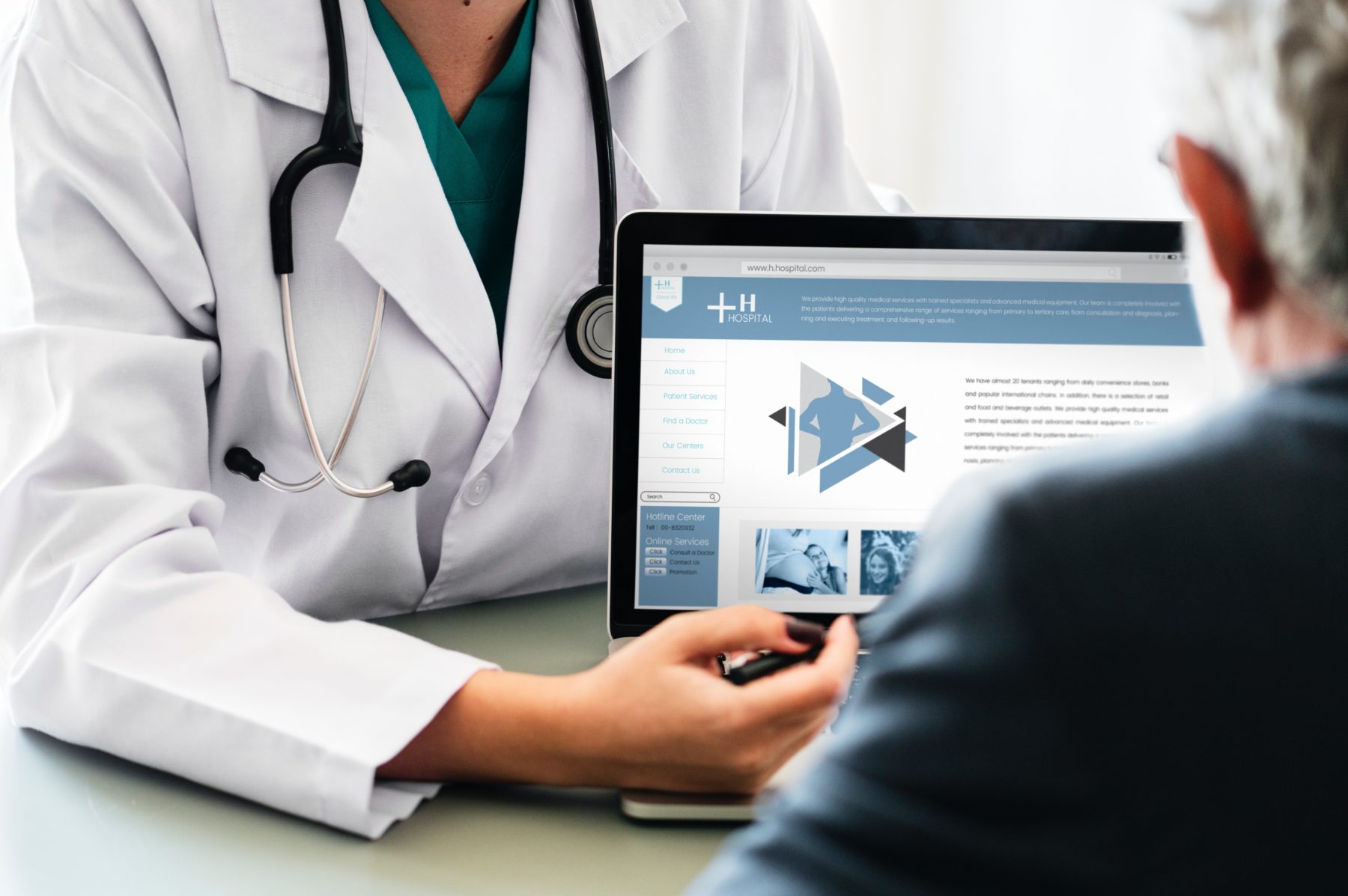Smart watches. Smart homes. Smart cars. Smart...pacemakers?
The prime example of the Internet of Things (IoT): smart devices. They have permeated the global market in recent years and are steadily growing in use. In addition to making day-to-day life easier (“Alexa, turn the lights on”), industries such as healthcare have been utilizing these types of devices to collect patient information faster and more accurately than ever before. But with great power comes great responsibility, especially when it comes to protecting sensitive data. Here’s a breakdown of how the healthcare industry is using IoT and what steps healthcare providers should take for data protection and patient safety.
what is the internet of things (iOt) and how does it relate to healthcare?
The Internet of things is defined as a network of devices that are able to connect, interact and exchange data through the internet. For the healthcare sector, this means that a variety of medical devices, such as pacemakers and closed-loop Insulin Delivery systems, can provide essential, up-to-the-minute patient information to doctors and/or assist patients in managing their diseases and improving treatment. A recent study from Accenture shows that IoT Healthcare investment yields better patient outcomes and lower administrative costs, but that investment must be continuous rather than a “one and done” in order to be most effective. By 2023, the global medical device market is forecast to reach $409.5 billion, and more and more of these devices will be representative of IoT Healthcare.
what are the challenges of iot in healthcare?
As IoT as grown in prominence, so too has its potential dangers. With IoT, hackers can more easily break into medical devices and healthcare systems, often with devastating consequences. Hackers could steal patients’ identities and medical records to submit false insurance claims, buy prescriptions drugs that can be resold on the black market, or in the worst case scenario, stop a life-sustaining device from working and cause a patient’s death. Older devices are also prone to glitches and connectivity issues, which can have a negative effect on collecting information and treating patients.
how can we protect data in iot healthcare?
The solution is twofold. First, manufacturers of medical devices must offer certified devices with the highest security standards. It’s important to note that the manufacturer’s job isn’t done when a medical device is sold; they should consistently send out security updates through a horizontal management platform, which will protect sensitive information while making the devices already on the market more robustly secure. Software updates can also help to avoid glitches with older devices and extend their shelf life.
Second, healthcare providers such as hospitals and clinics must have robust data security measures in place, including encrypted data transfers, password protection, and strong employee training in cybersecurity. Incorporating machine learning software into a healthcare system for security monitoring purposes can also predict cybersecurity threats before they happen. A healthy balance of technological oversight and human oversight can help to maintain strong data protection. In addition, with any medical device or security system that draws upon IoT, it is essential to have the latest software updates and bug fixes so they are as working as smoothly as possible. Healthcare providers should have a data breach plan in place -- although data security measures should also be strong enough that they will never need to use it.
Interested in learning more?
IoT healthcare can save lives and make patients’ treatment plans more effective, but only if patient safety and data security are top priorities. Looking to incorporate IoT into your healthcare organization, or want to ensure your IoT medical devices have the best data protection? Contact a ULG specialist today to learn more.

